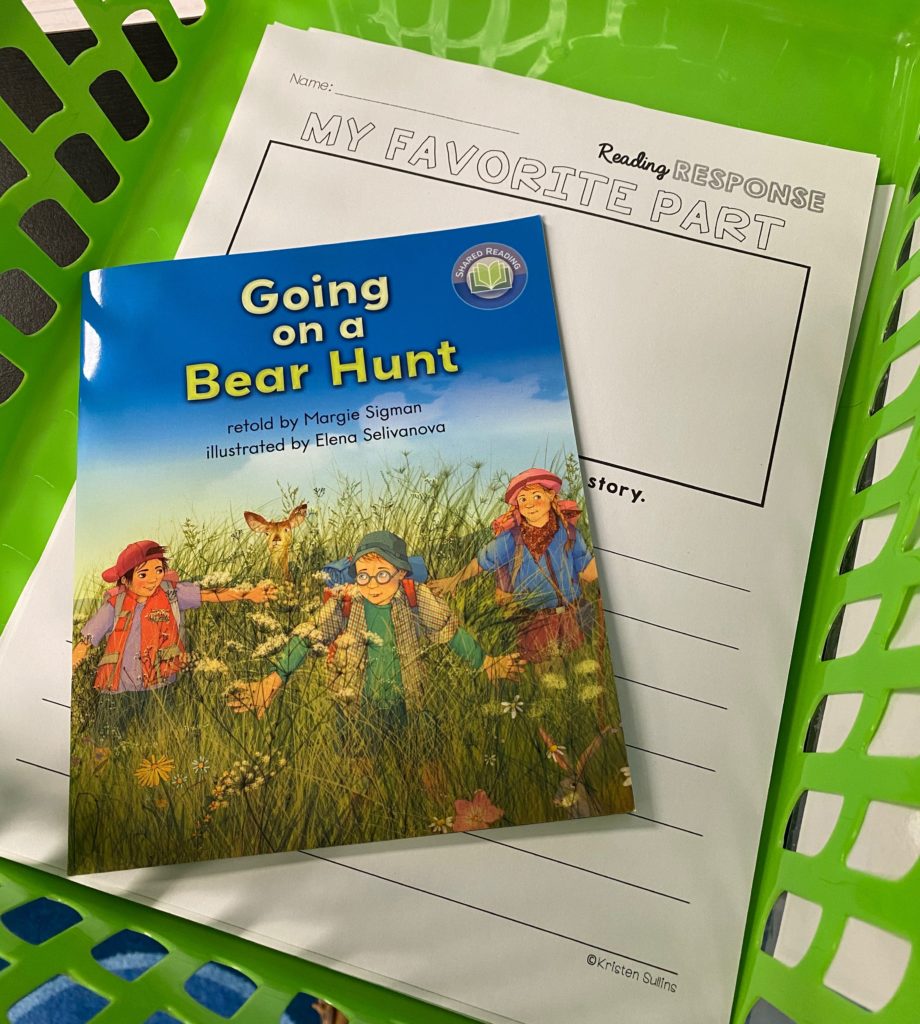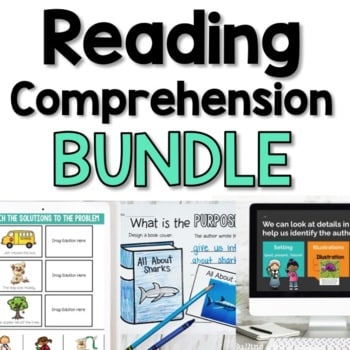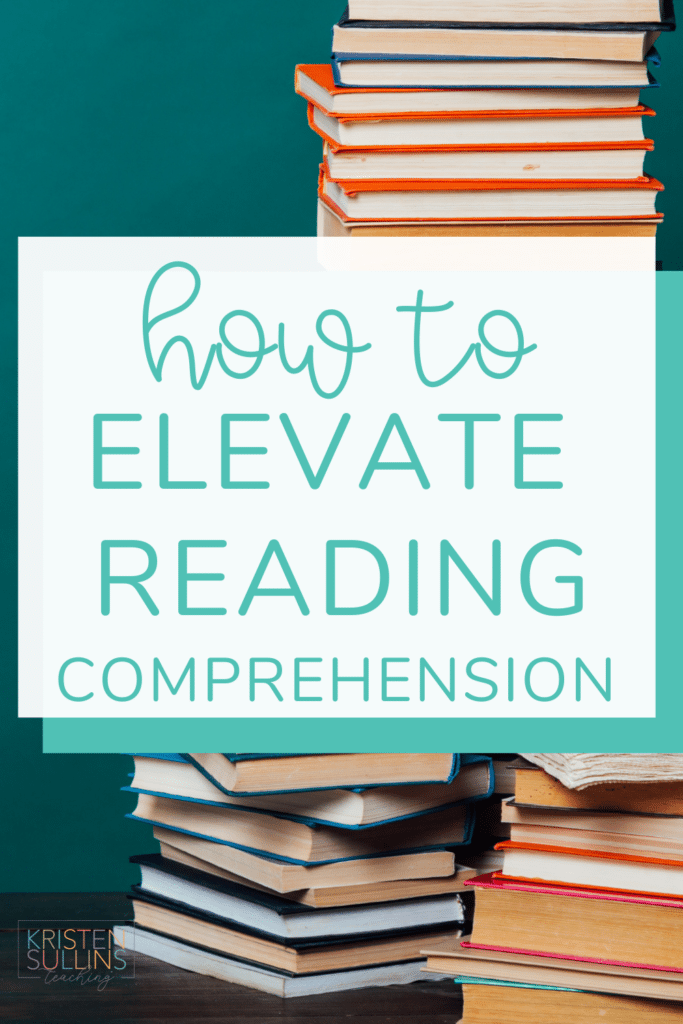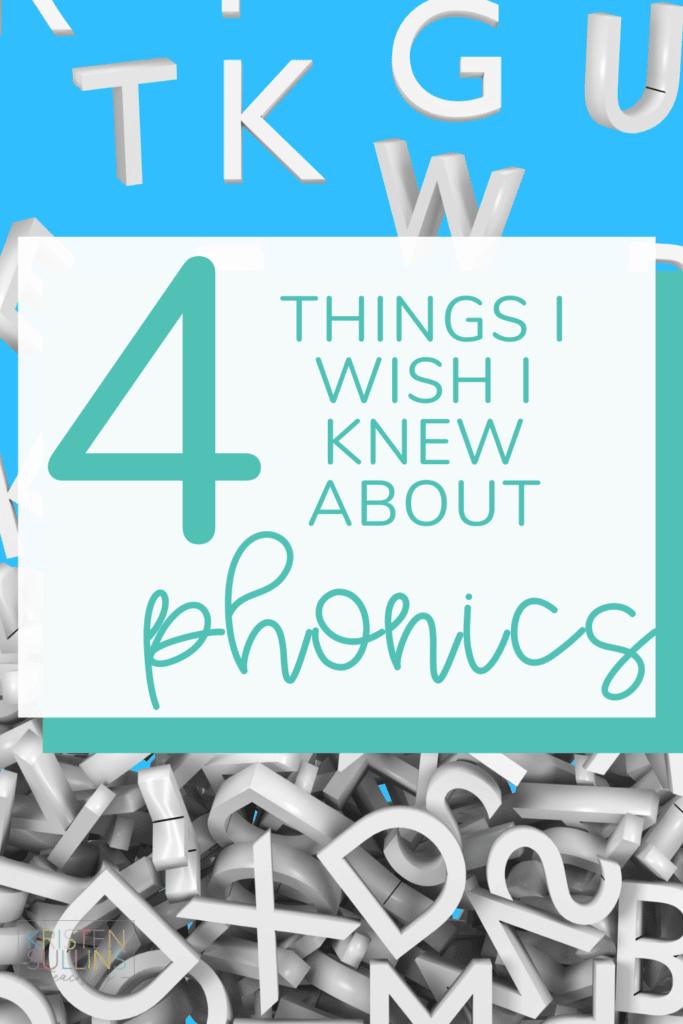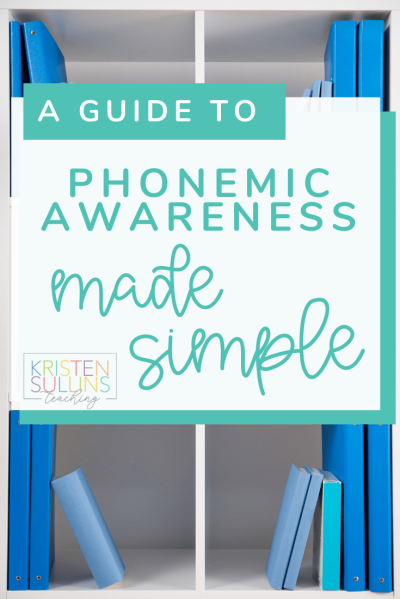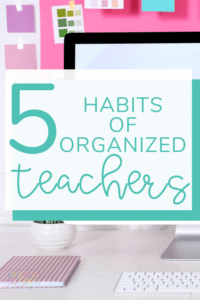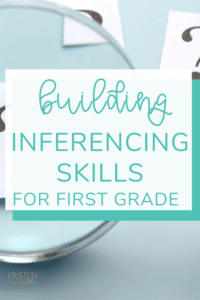As a teacher, you are OVERLOADED with planning. You have to plan for phonics, reading, writing, math, social studies and science. Five days a week.
But it's more than that. When it comes to reading, you are planning for mini lessons and mentor texts for whole group, guided reading groups and guided reading stations.
None of this is new to you, I know.
The point of this post is to tell you one way to make ONE of those areas easier to plan.
Today we are talking all about your reading station during guided reading.
BUT, this strategy can also be used for making your whole group lesson planning easier as well.
Enough of the small talk, ready for the big secret?
CONSISTENCY!!
Let me explain.
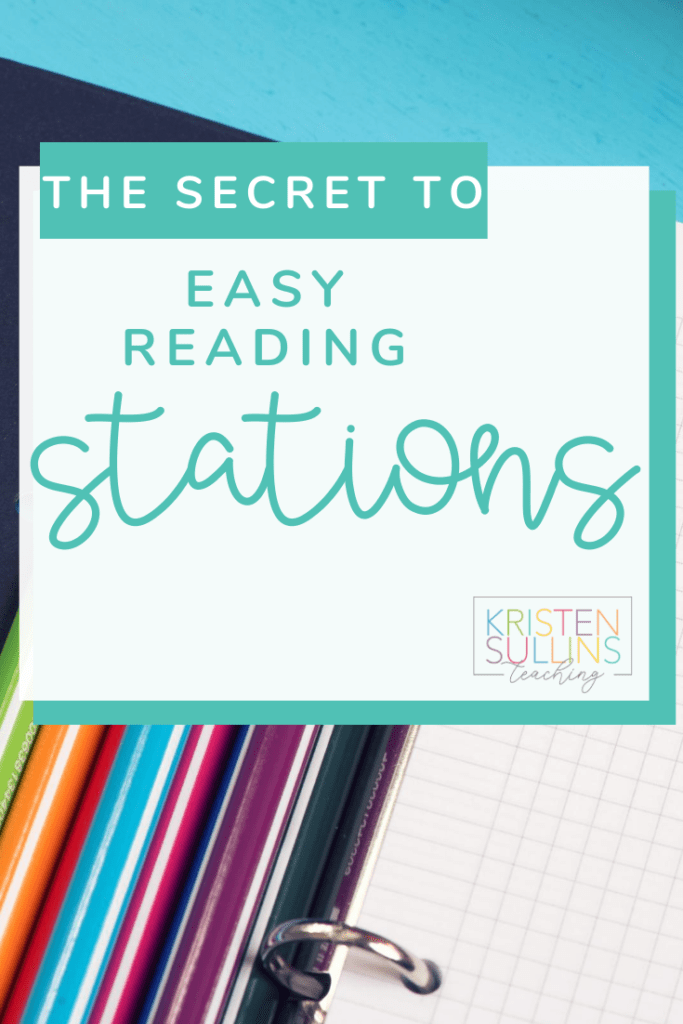
Reading Response Pages
As teachers we aim for consistency in all things.
But the one thing that has made the biggest impact in saving time planning and also my students mastering skills is faster is using consistent reading response pages.
When planning my literacy unit, I choose one reading response page that I can use for the entire unit.
I start using it week one in my whole group lessons. I use this opportunity to model how I want the students to complete the worksheet.
Starting week two, this reading response sheet moves to my reading station during guided reading. As you can see in the picture, I leave plenty of copies of the reading response sheet in my reading basket.
The only thing I have to do to keep that station up to date is to switch out the books that I want the students to respond to.
The Benefits
Let's quickly review the benefits of using the same reading response sheet:
- save time planning by using the same recording sheet for a week of whole group then one to two weeks of stations
- students can focus on their own response rather than learning the format of a new recording sheet
- since students can focus on their response, they can master literacy skills faster
I want to stress that your reading response sheet does not need to be anything fancy. In fact, simpler is often better.
You can even teach students to respond on blank paper or a reader's notebook.
Print and Go Reading Comprehension Activities
When it comes to reading station activities, I'm a “print and go” kind of girl.
The less prep, the better. Am I right?
I hated having to constantly search for station activities and pull from a million different places so I built my own set of reading comprehension activities that I use in my whole group, small group AND my reading stations!
Your Next EASY Planning Step
If you loved my planning tip for an easy reading station, then this next step is for you.
You can download these Phonemic Awareness Flash Drills for free.
You need these flash drills if:
- you aren't really sure where to start when it comes to phonemic awareness
- you want an easy way to practice 8-10 phonemic awareness skills in less than 5 minutes a day
- you want to be able to use those same drills for your guided reading groups

More Easy Station Ideas for First Grade
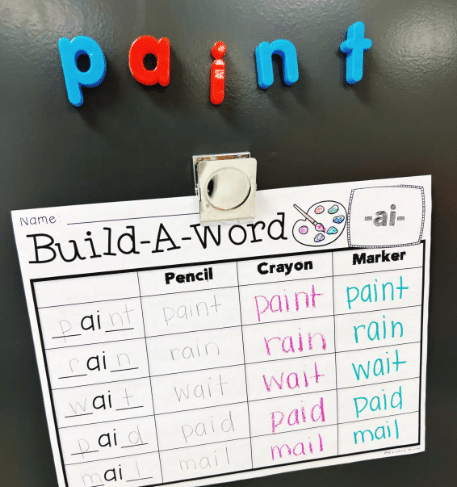
FIRST GRADE BUILD A WORD STATION
In this blog post, we are going to chat about:
- Spelling v. Word Work
- How to Set up a Word Building Station
- Kinds of Word Building Materials
- Storage Ideas
- How Students Use a Word Building Station
- How does Word Building fit into your schedule
- Benefits of Hands On Word Building
Not only will a hands on, word building station help your students, but if you set it up in the right way, it can save you hours of planning and prep time!
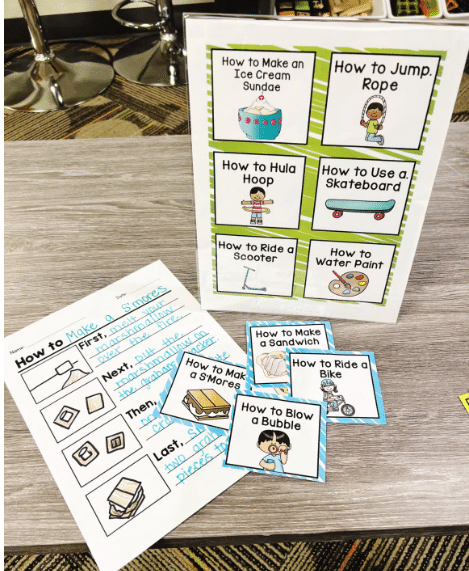
WRITING PROMPT STATION FOR FIRST GRADE
Do you get tired of hearing students say “I don't know what to write about!”?
If so, look no further, because a writing prompt station is just what you need in your first grade classroom!
In this post, we cover:
- What is a writing prompt station?
- How do you set up a writing prompt station?
- Writing Prompt Storage
- Individual Prompts
- Full Page Prompts
- Book Rings
- Types of Writing Prompts
- Daily Writing Prompts
- Story Writing Prompts
- Letter Writing Prompts
- How To Writing Prompts
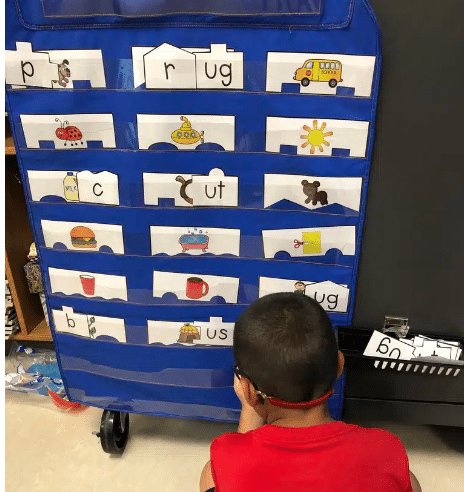
PHONICS PUZZLES FOR FIRST GRADE
Puzzles are a great hands-on activity for first grade students to practice short vowel (cvc) word families!
Word family puzzles allow students to work independently practicing reading word families and matching correct pictures.
One of the great benefits of a puzzle activity like this is the self-checking feature of the puzzle shapes.
Not only are word family puzzles good practice (and easy for students to complete), but they make PERFECT word work station activities!
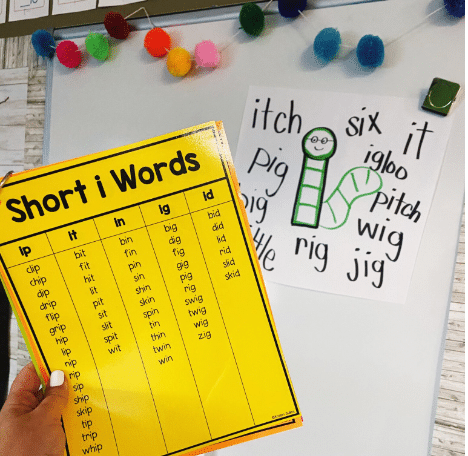
SPELLING LISTS FOR FIRST GRADE
Spelling lists can be made for ALL spelling patterns and word families taught in first grade.
In this post, we will cover:
- What can you do with a spelling list in first grade?
- Teacher tips about spelling lists
- Station ideas to use with spelling lists
- How to make spelling lists work for ALL your learners
- Benefits of a spelling list station in first grade
Disclaimer: this post includes a product that I created, but EVERYTHING in the post is something that you can make on your own!

